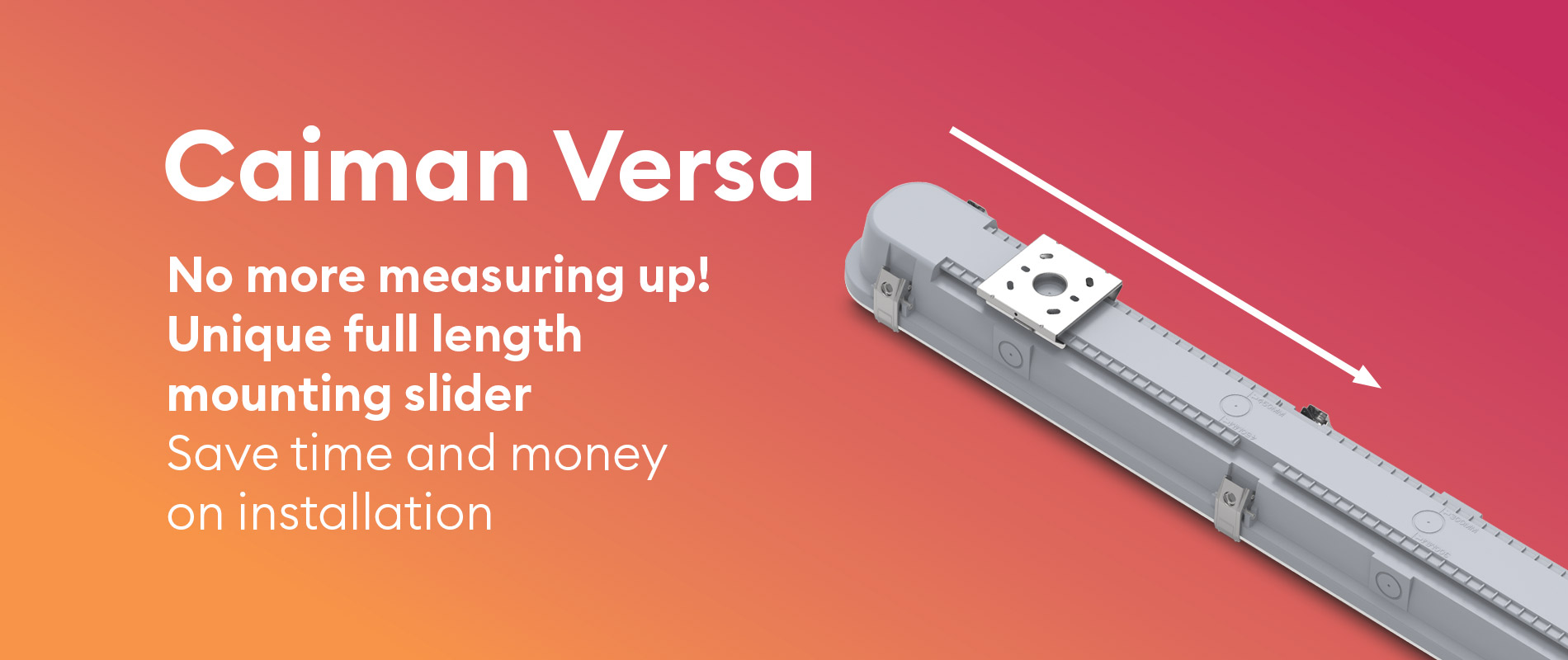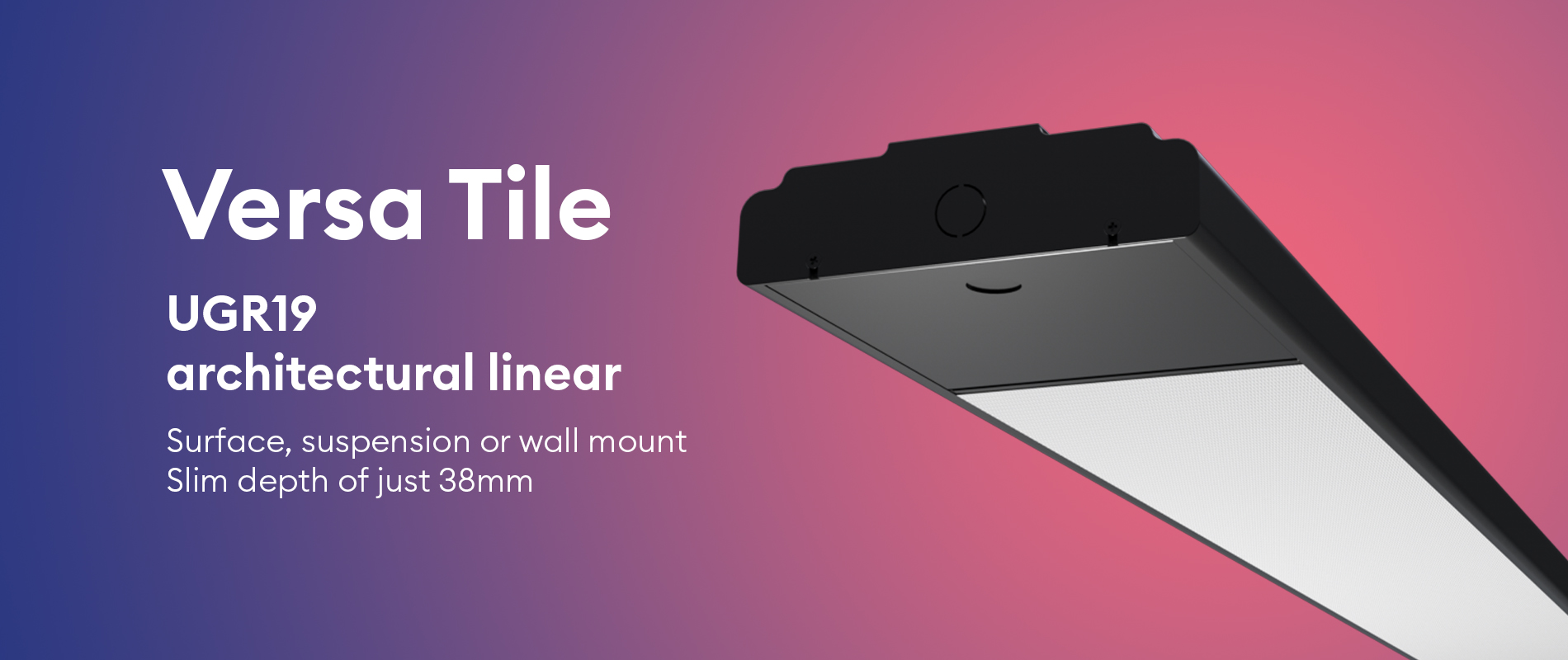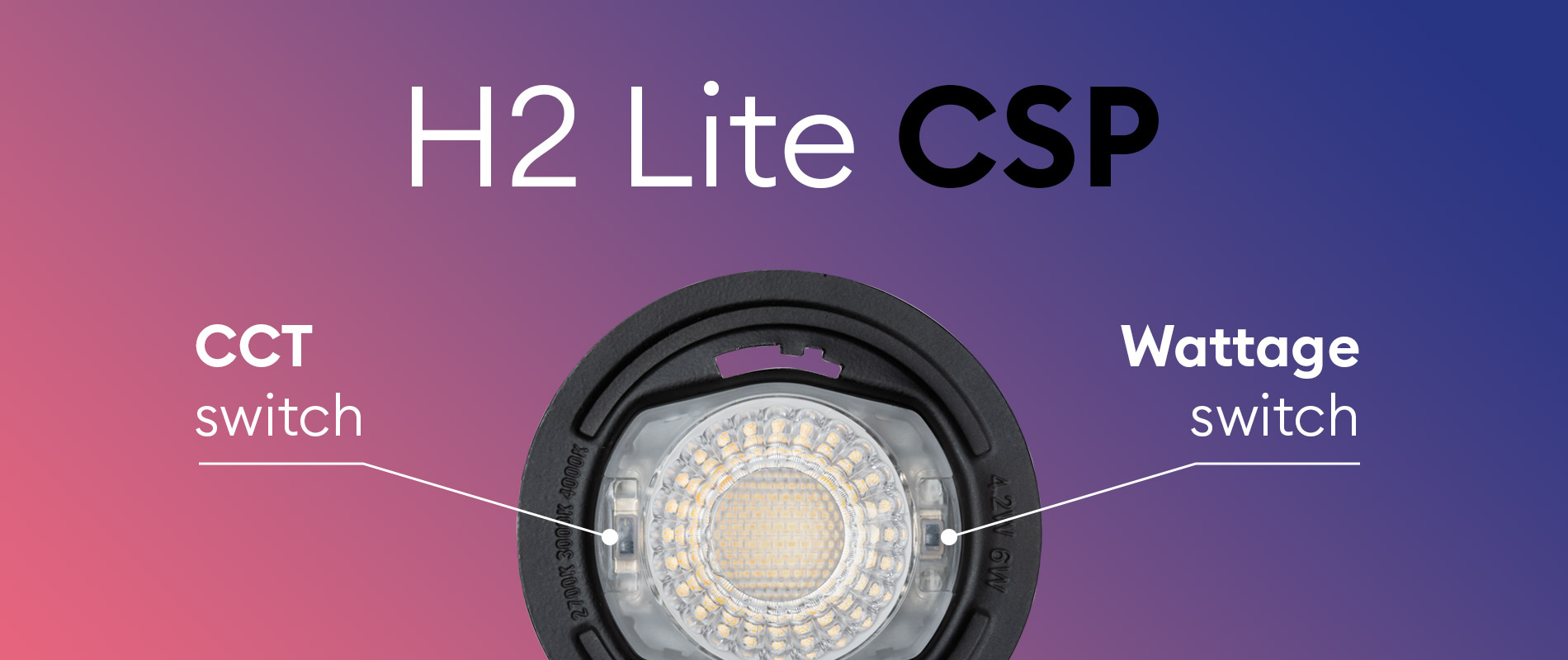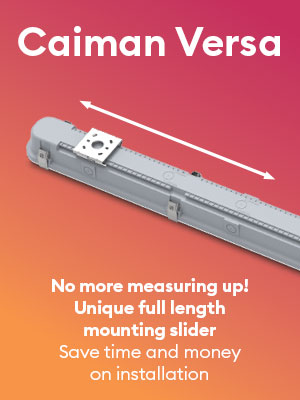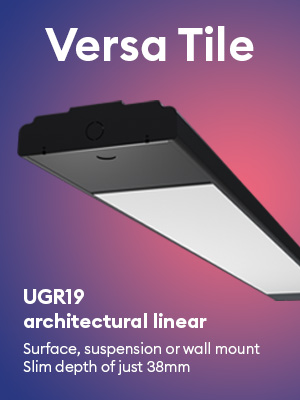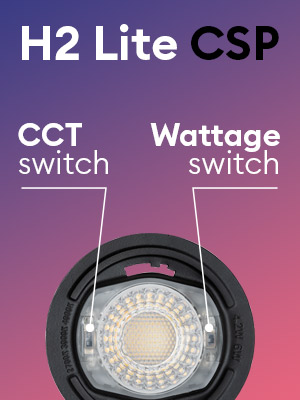We use cookies to make your experience better. To comply with the new e-Privacy directive, we need to ask for your consent to set the cookies. Learn more.

Find out how we are lighting a better future
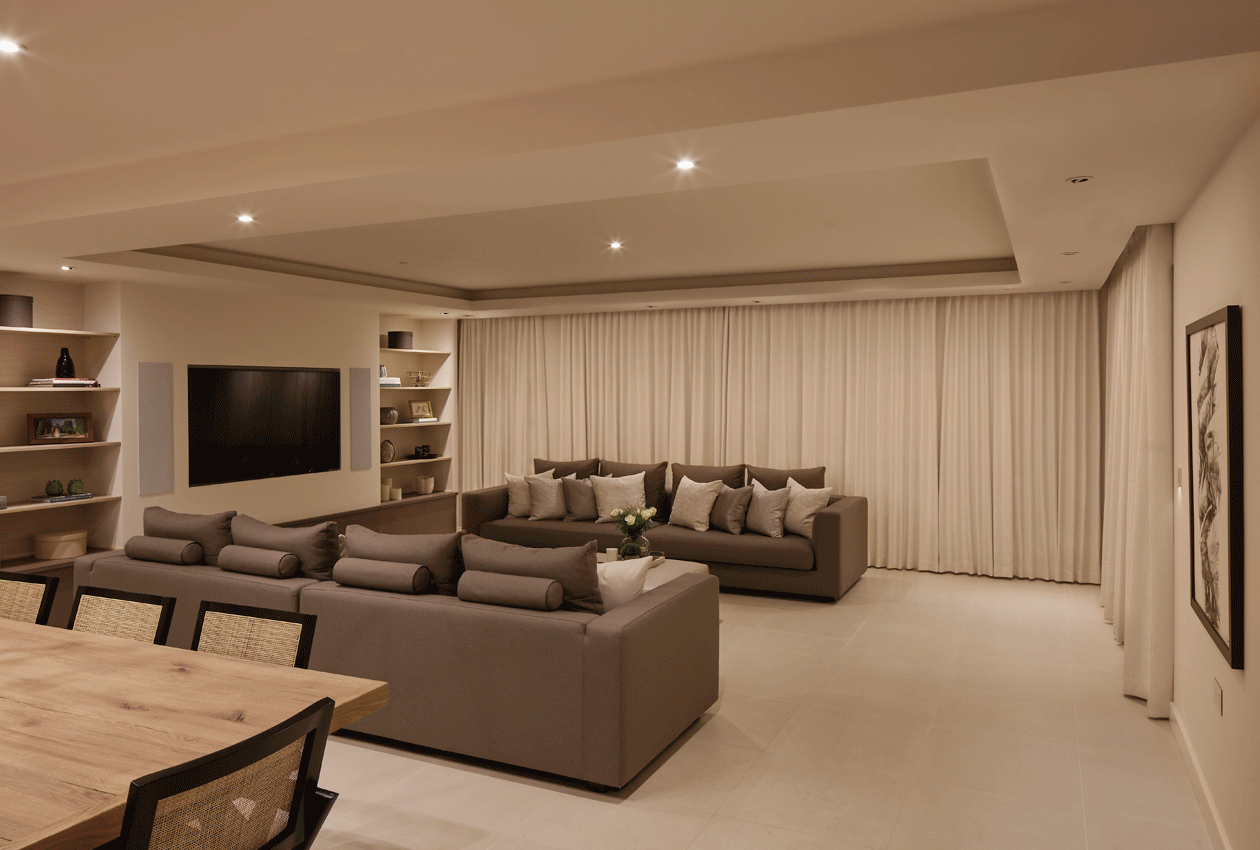
Transform your spaces with light, with help from our experts
-
Product Highlights
 Springbok Lite 150W150W High bay luminaire (Replaces 250W or 4X49W T5)
Springbok Lite 150W150W High bay luminaire (Replaces 250W or 4X49W T5) -
-
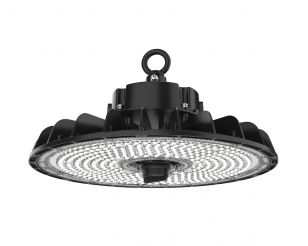 AREA BAY 240W240W High bay luminaire
AREA BAY 240W240W High bay luminaire -
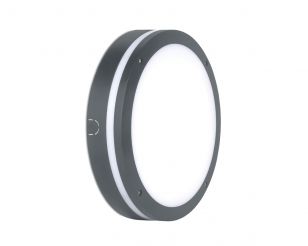 Halo Wall Light12W Wall Light CSP Switchable
Halo Wall Light12W Wall Light CSP Switchable -
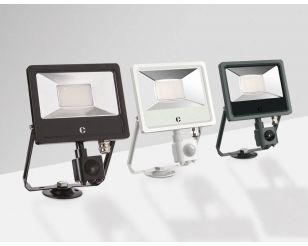 FL0220W colour switchable floodlight
FL0220W colour switchable floodlight
-
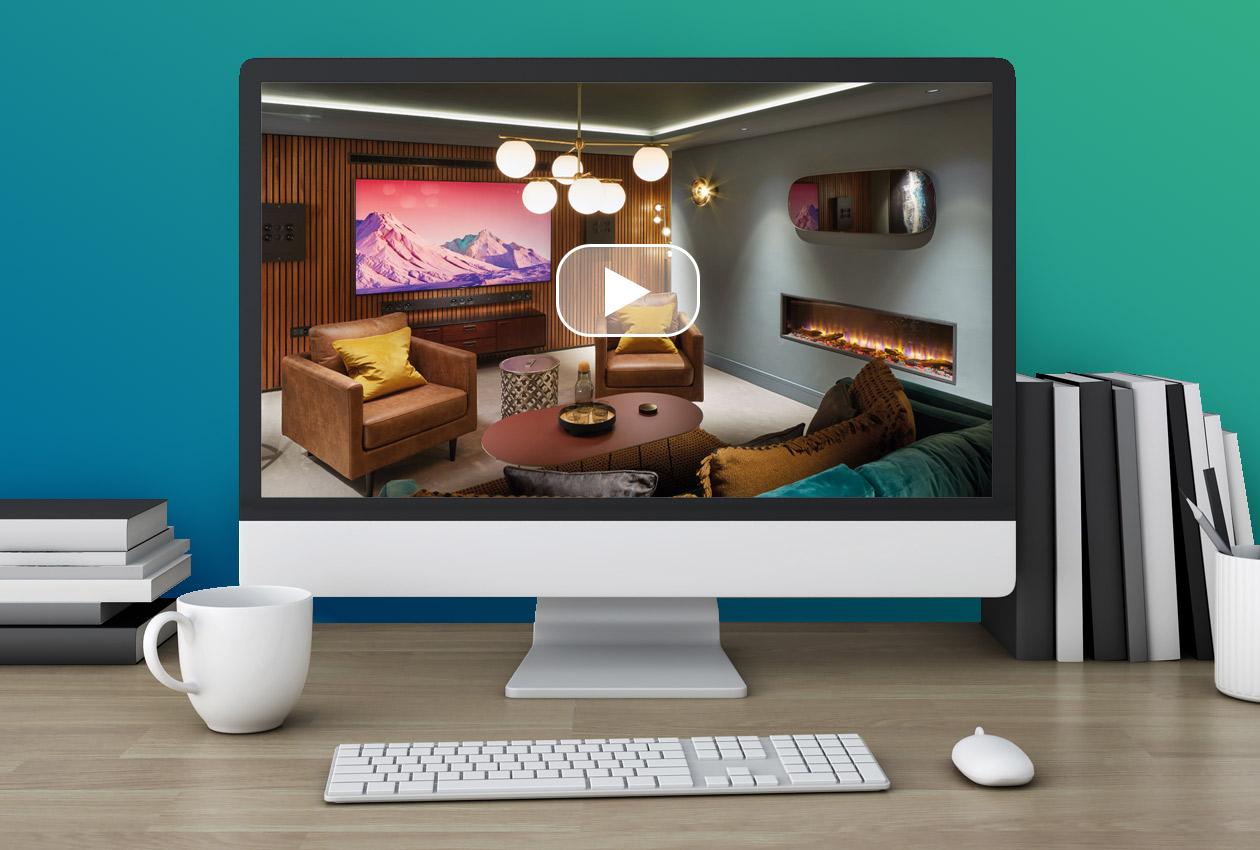
View our products in action.
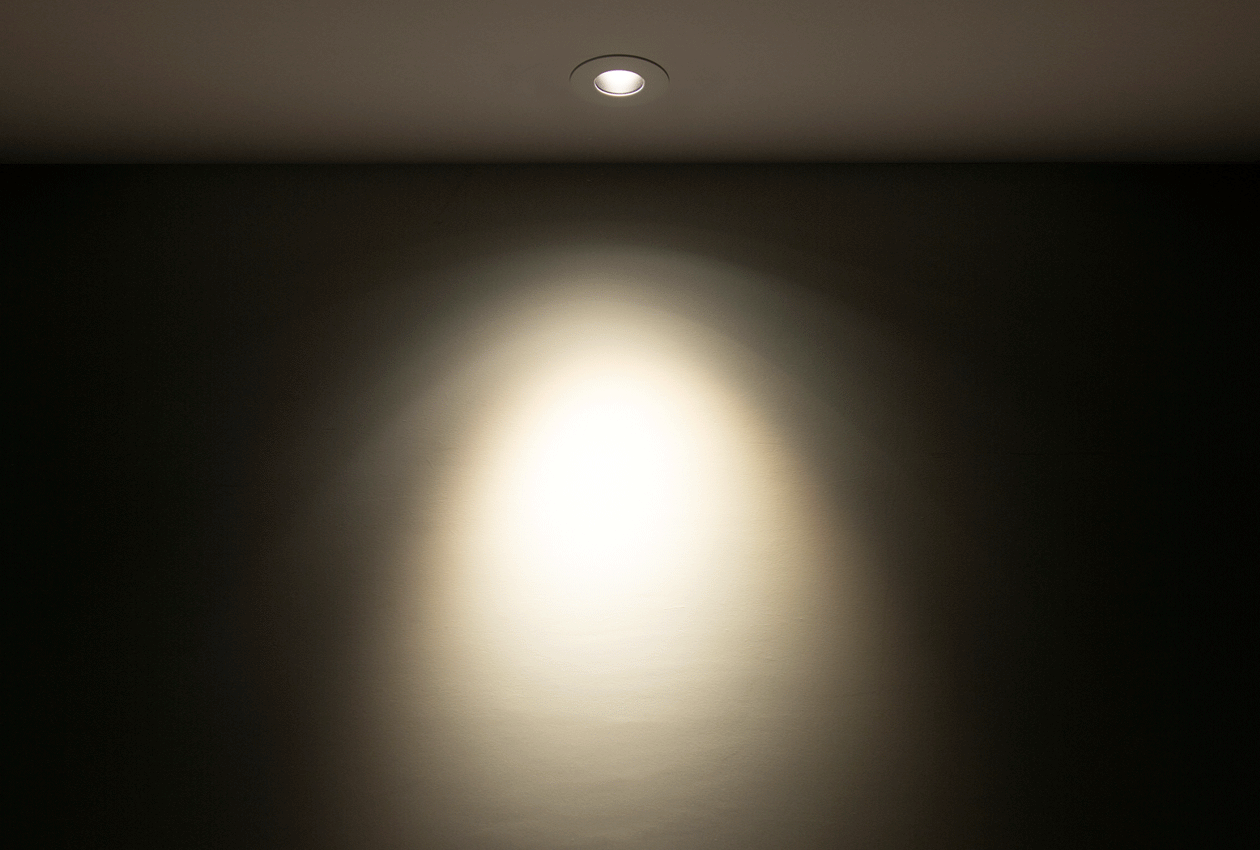
View or download IES and LDT files.
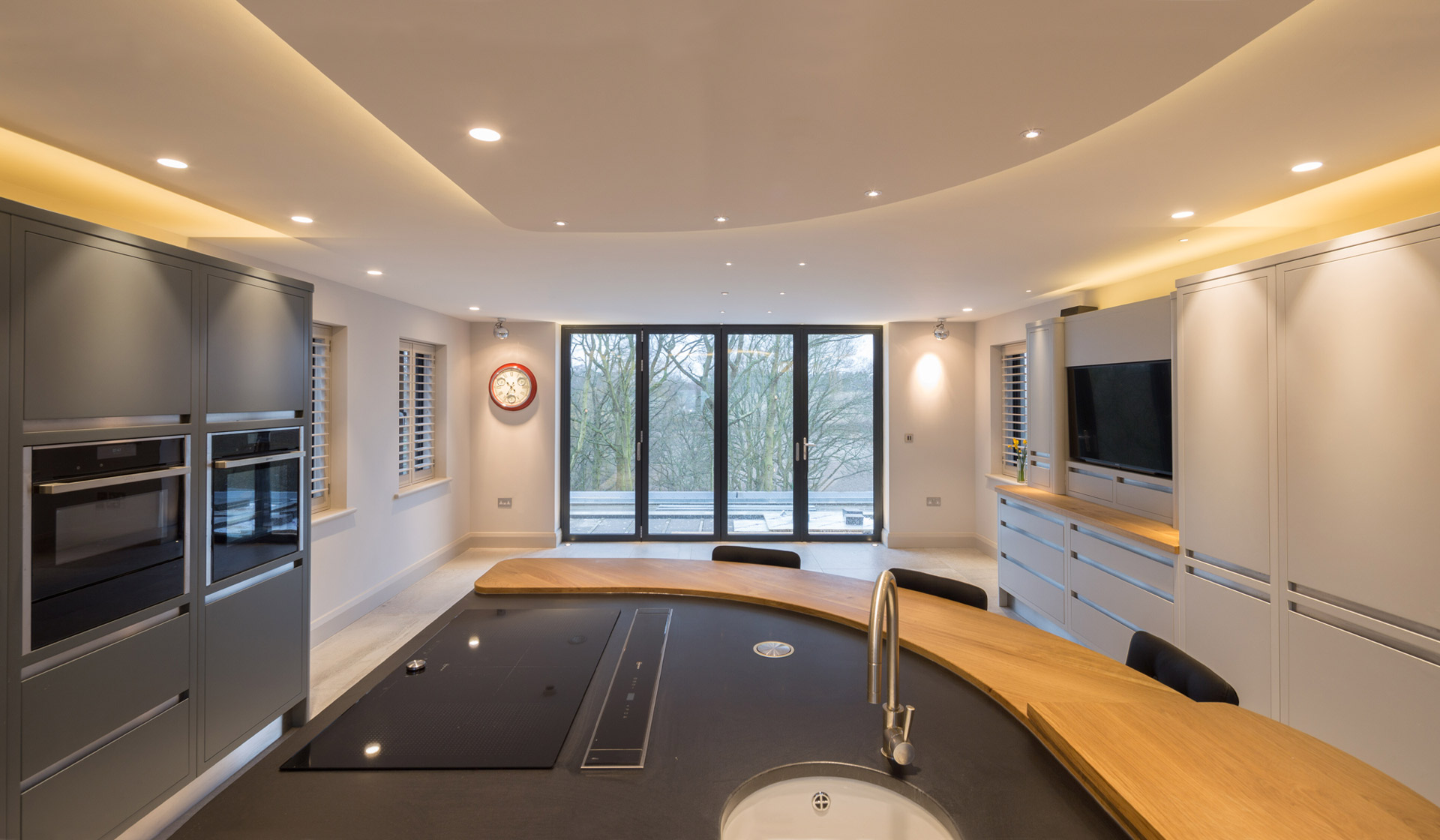
Be inspired by Collingwood
Create beautifully lit spaces with over 120 years of design, innovation and expertise.
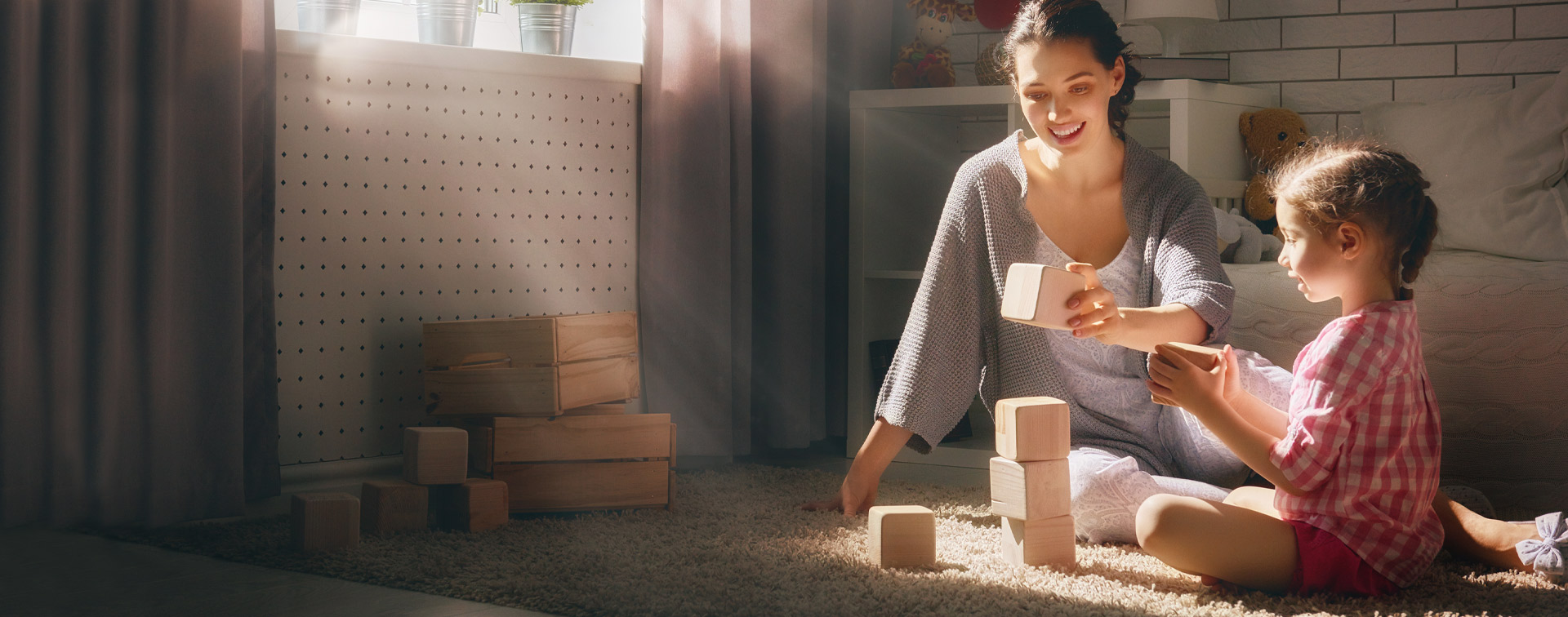
Why choose LED lighting from Collingwood?
LED (short for light-emitting diode) lights have totally transformed illumination in all domestic and commercial applications because they are far, far more efficient than the lighting sources they replace. LED bulbs use 90% less energy than traditional light sources and have an exceptionally long lifespan, typically lasting three times longer than a fluorescent tube and as much as fifty times longer than an incandescent bulb!
There are simply no disadvantages, LEDs go from ‘off’ to full illumination instantly; they come in different colour temperatures as well as in the full spectrum of colours; and you can even buy luminaires that dim to a warmer-looking light for a cosier atmosphere, just like lamps with a filament.
Collingwood Lighting has specialised in LED technology since 2002 and has been at the forefront of innovation ever since. The company revolutionised the industry in 2008 producing the first high-performance fire-rated LED downlight. Since then we have been responsible for many more ‘firsts’, including sealed for life LED outdoor lights, fully waterproof in-ground LED lights, and the very first mains dimmable LED downlights.
Indeed, Collingwood is a leader in integrated LED lighting technology, setting the standards in quality and innovation to which others aspire. Our marine-grade stainless steel outdoor luminaries are the product of choice in harsh conditions; our Pro Downlight range with its 70,000-hour lamp lifespan backed by a 7-year extended warranty is the professionals’ preference; and our colour switchable collection makes life simpler for specifiers in commercial applications.
How to use LED lighting
Use LED lights as you would any other source of illumination. Remember that it is the combination of light and shade which is essential to good design. By layering luminescence from different sources, and at different levels, richness and depth will be added to any space.
There are three key types of lighting:
Ambient lighting creates general background illumination, replacing natural daylight.
Task lighting provides focused illumination on specific areas where tasks are performed.
Accent lighting provides points of focus, highlighting objects, or simply creating visual interest to add depth in the space.
Furthermore, you can place lights at different levels:
High level illuminates features like ceilings, cornices or tall trees.
Mid-level uses wall lights, table lamps and lights under cupboards to provide illumination at an intermediate level. In the garden spike lights can be used to highlight shrubs.
Low-level lights in the ground or set low in walls and kickboards provide a soft level of mood lighting and can also act as an effective night light. Outside, lit paths and steps provide low-level guide lighting.
It isn’t necessary to include all types of lighting in your design for it to be successful. But by using a combination of the different types you will create an exciting environment that people want to spend time in. If you would like help with your lighting design, read about Collingwood’s lighting design service.
How bright are LED lights?
If you’ve been brought up assessing light levels in terms of a lamp's wattage, judging its intensity in lumens may not come naturally.
Watts is a measure of energy. LEDs are enormously energy-efficient so assessing the level of light they emit by the level of energy they use would not be a good indicator. Instead, their brightness is measured in lumens.
One lumen is the level of light provided by a single candle. As a quick translation, a standard 60-watt incandescent bulb produces about 800 lumens of light whilst a 100-watt incandescent bulb is equivalent to around 1600 lumens. But do remember that the narrower the beam angle, the more focused, and consequently more intense the illumination.
Another term you may come across is lux. Lux is the level of light intensity within a specific area. One lux is equal to one lumen per square metre at a distance of one metre from the light source.
Choosing the right colour light
LEDs make it possible to have a choice of white colours or 'tones'. This allows you to bring out the best in the design and materials in your room. With standard white LED lighting, these tones range from a warm-yellow to cool-blue white light with several options in between.
Collingwood uses the industry-standard Correlated Colour Temperature, or CCT rating, to describe the tones of white light available. The standard unit of CCT is the kelvin (K). The higher the number, the cooler the light. So a 6000/6500K is a very cool white, 4000K is a neutral white, 3000K a warm white and 2700K an even warmer white.
It's important to understand that, just like fluorescent tubes, poor quality LED lights can replicate colours badly, resulting in a blueish or greyish hue.
The Colour Rendering Index (CRI) is the value used to measure the quality of light. It is generally accepted that a CRI of >70Ra is good and suitable for many installations. >80Ra is considered very good and most useful for general indoor lighting; whilst values of >90Ra are most suited to specialist locations where extremely accurate colour rendering is important: retail or very high-end hospitality venues, for example.
The benefits of using LED lighting
LED lights are extremely energy-efficient and have an exceptionally long lamp lifespan, so they are highly cost-efficient. But the benefits of choosing LED luminaires are not simply those of cost.
The built environment contributes around 40% of the UK’s total carbon footprint, so improving its energy efficiency has a significant positive effect. In fact, improved energy efficiency has been more effective in reducing CO2 emissions than the introduction of renewable energy sources. Opting for LED lighting may not seem like a big deal for you, but your decision has a greater impact than you may think.



